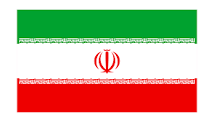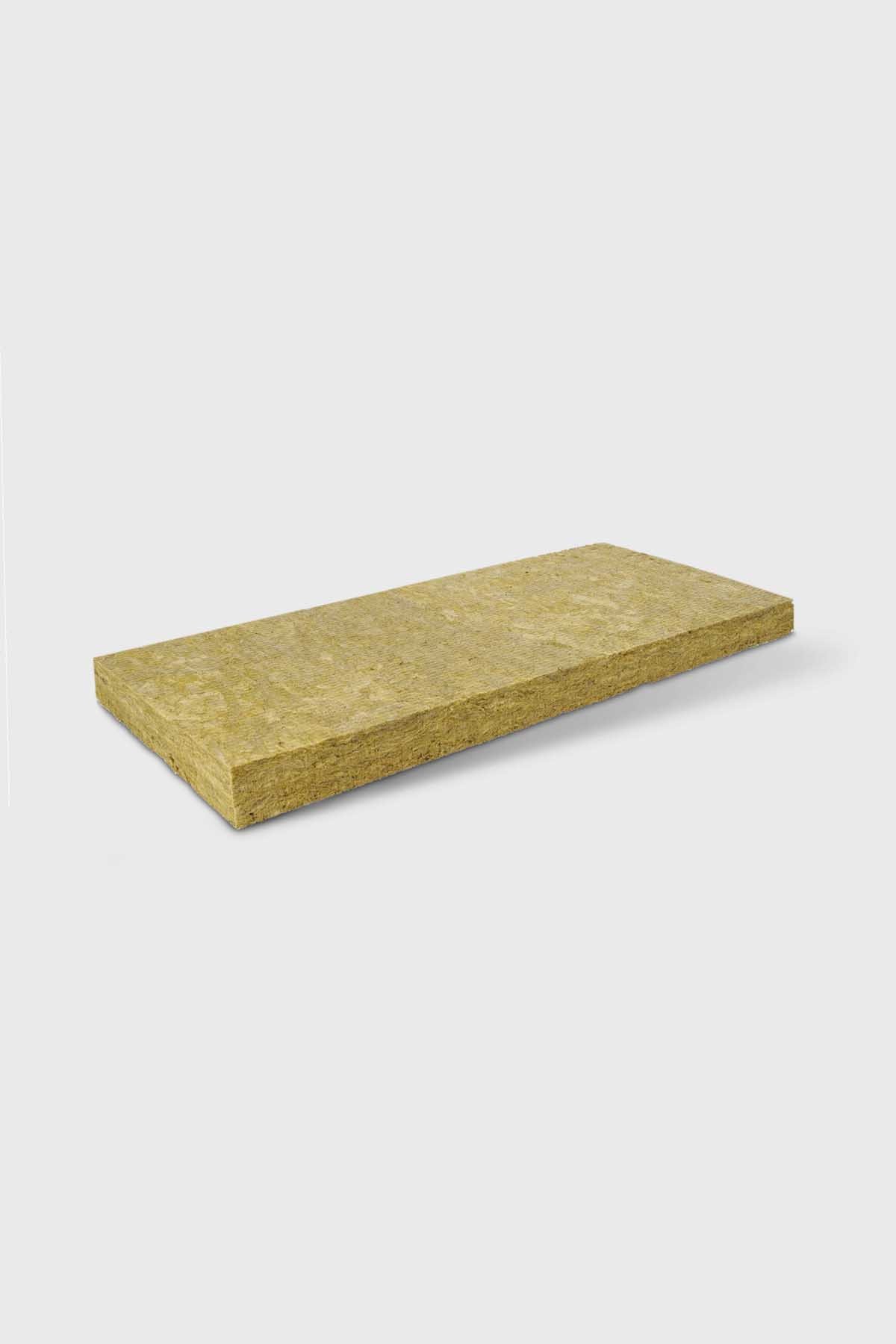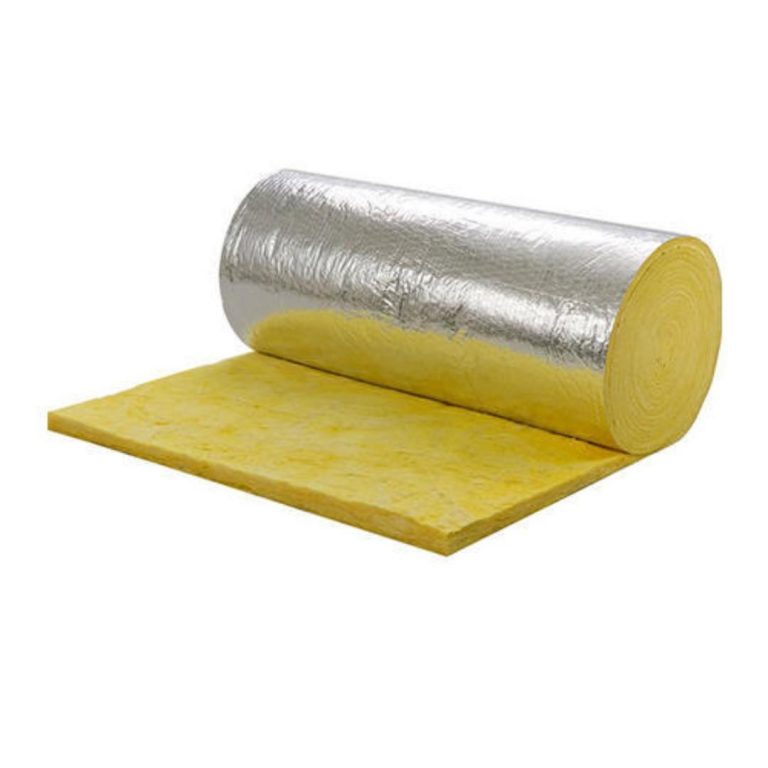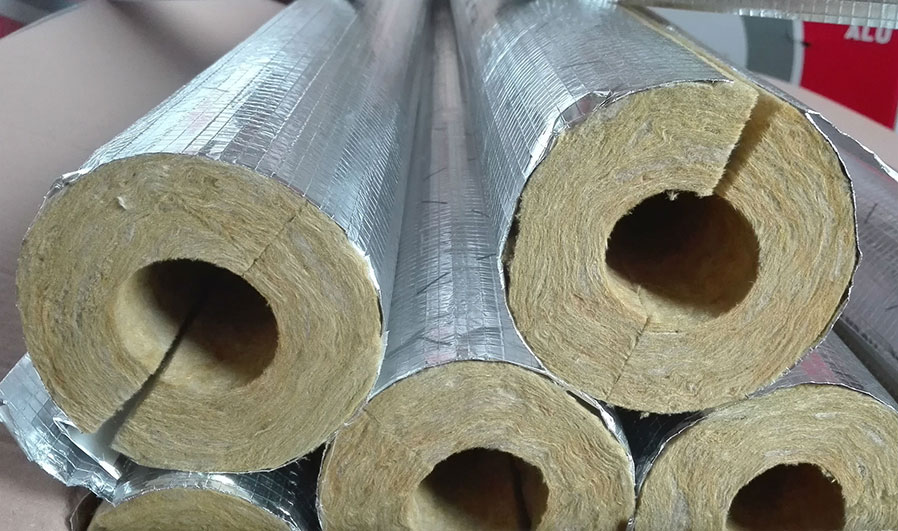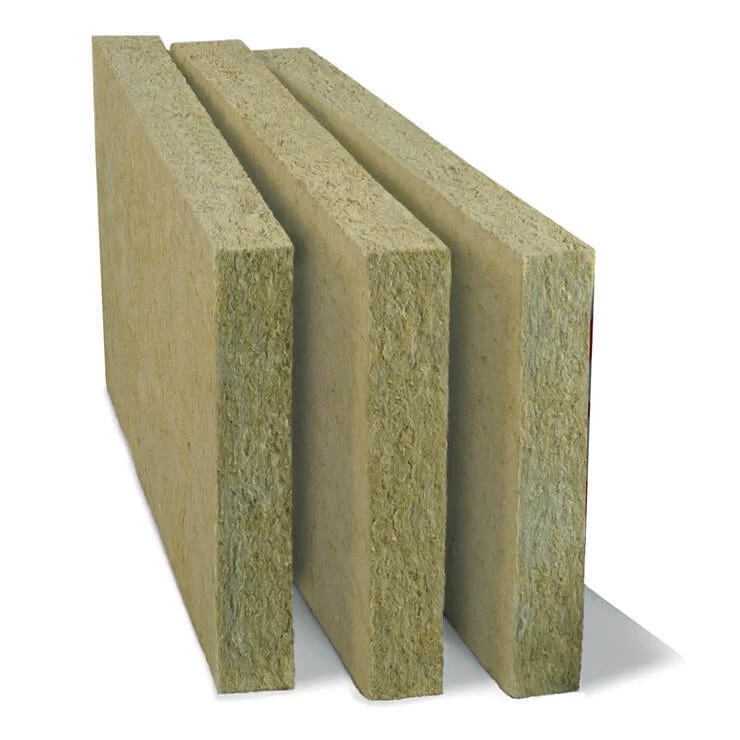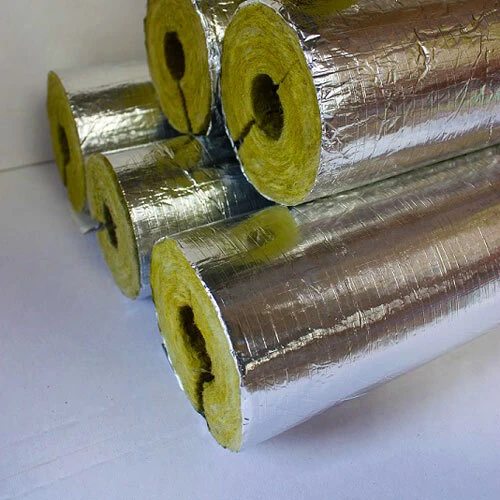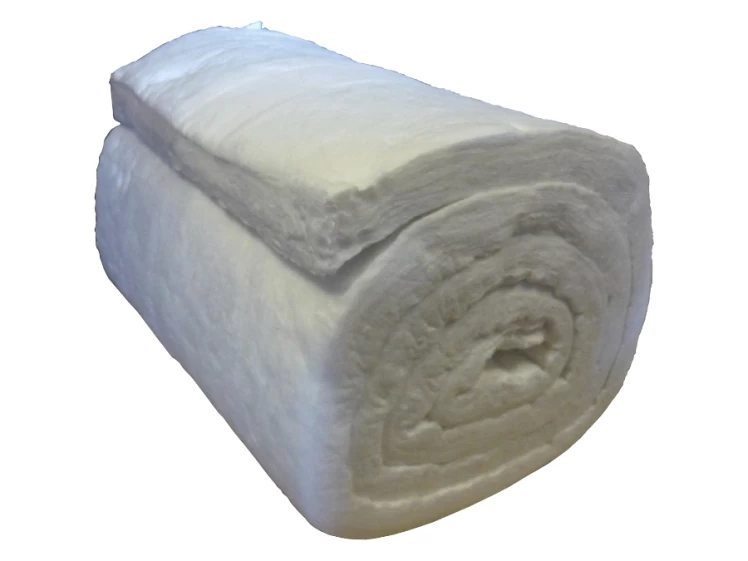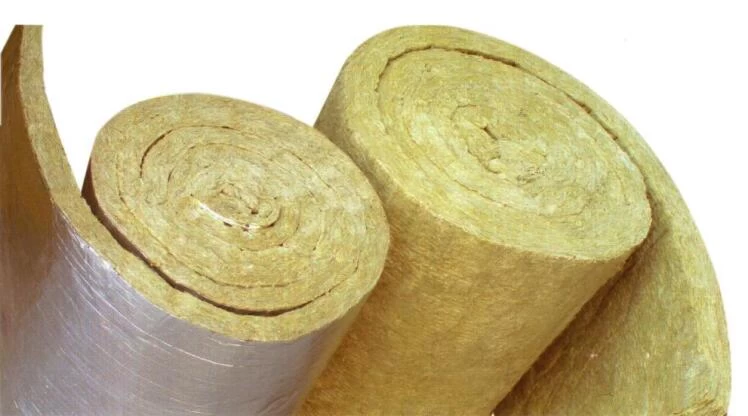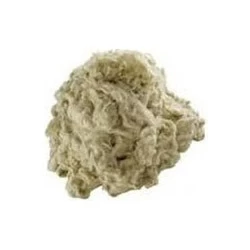Rock wool insulation board is the most practical product among rock wool products.
Because its field of activity is very wide. Its use in almost all industries improves quality and efficiency.
This type of product is the most widely used type of rock wool, which is used in most construction, refinery, petrochemical, furnace, etc. industries. To make it, after melting basalt in the furnace, it is removed and then quickly transferred to the fiber-making machine using very powerful blowers. At this stage, a special resin, which is a combination of phenolic resin and water, is added to this mixture. Adding these resins will create inter-texture adhesion in the rock wool. Now, the resin-coated rock wool is sent to the baking machine according to the customer's order to lose a little of its water and achieve the desired density and thickness. This wool is used in the walls of the building and under the ceiling with a thickness of 25 to 100 mm and at densities of 80 to 300 kg / cubic meter with sound and heat insulation. This product is produced and marketed in three forms: simple insulation, kraft paper-coated insulation, and reinforced aluminum-coated insulation.
Method of producing board rock wool insulation
After melting basalt in the furnace and its exit, the melt is immediately fed into the fiber-making machine with the help of powerful blowers.
At the same time, a special resin with special compounds, mainly phenolic resin and water, is added to the spraying melts.
At the end of the fiber-making machine, we see rock wool fibers that are slightly softer.
This is called resin-coated rock wool.
Adding resin to rock wool fibers causes adhesion between the fibers.
This actually makes the molding process easier.
After this stage:
The resin-coated rock wool is fed into the baking machine according to the customer's order by determining the desired density and thickness.
For example:
We produce board insulation with a thickness of 50 mm and a density of 80 kg/m3.
4 kg of raw resin-coated wool is required for each square meter.
Since resinous rock wool contains water and loses its water after entering the cooking machine, usually 10% more than the calculated weight of the wool is added. For example, to produce 1 square meter of 50 mm thick rock wool board, 4.4 kilograms of wool are considered.
 +7929688-88-14
+7929688-88-14

 English
English
 Persian
Persian
 Russian
Russian
 Chinese
Chinese


 +7929688-88-14
+7929688-88-14

 Heat Insulation Materials
Heat Insulation Materials
